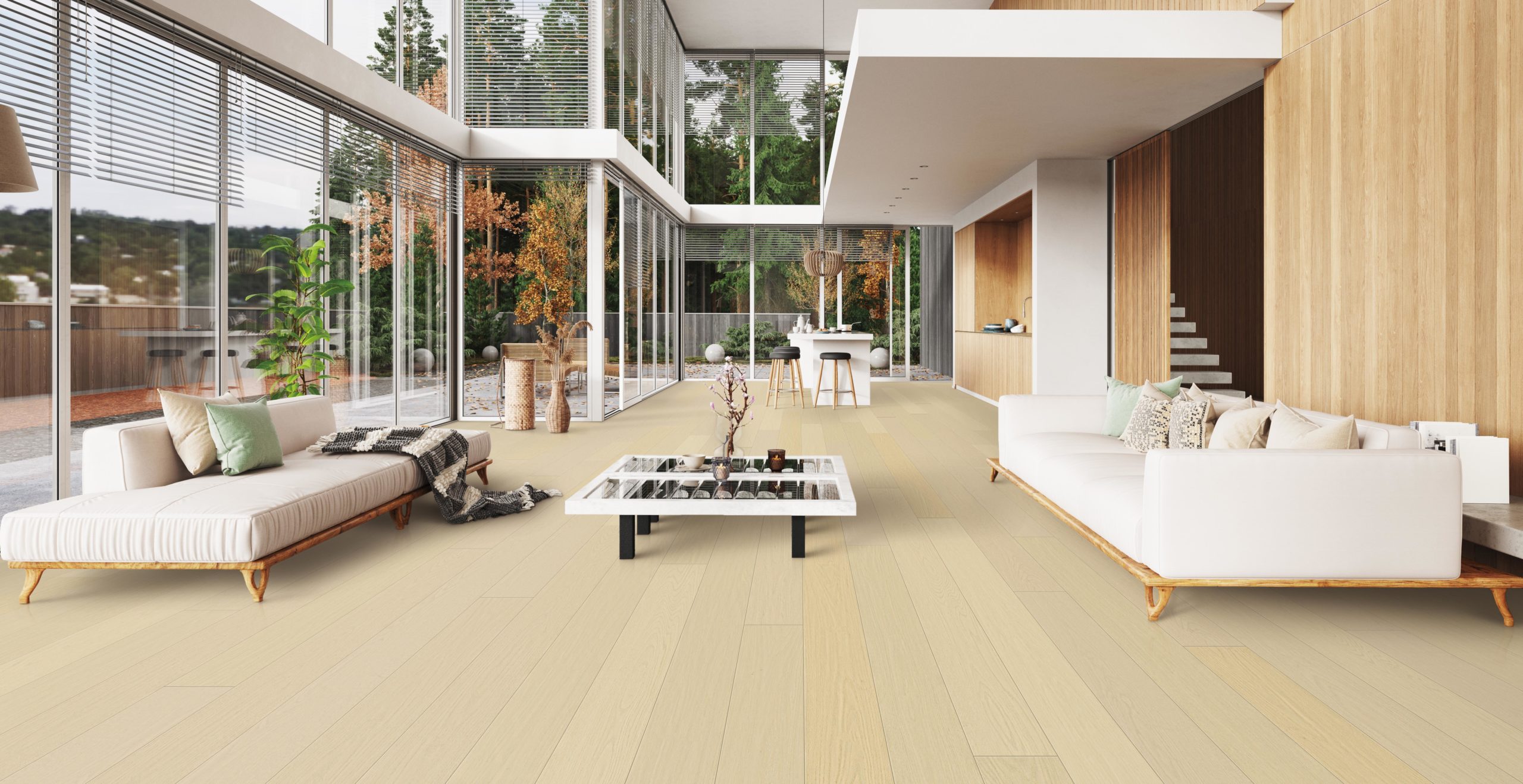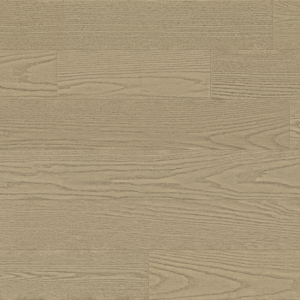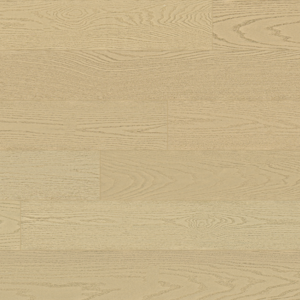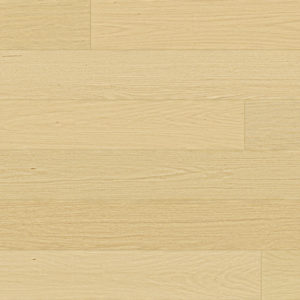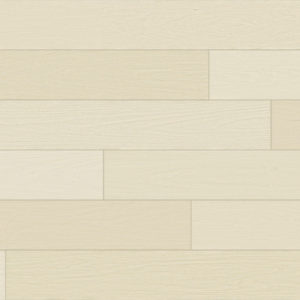How to Choose?
1. What are the species Twelve Oaks offer and what are their differences?
Twelve Oaks® currently carries 7 species of domestic and exotic hardwood in over 60 unique choices, with both smooth and distressed finishes. These species include, White Oak, American Black Walnut, Canadian Hard Maple, Hickory, Acacia and Ash, please check back as we may include other species in the near future.
2. What is the importance of the hardness of the wood?
Many do believe the hardness of the wood species dictates the durability and the wear layer resistance; therefore, they choose flooring solely on its hardness. However, even with the strongest finish, hardwoods are still subject to scratches and dents, therefore still do choose the flooring base on your visual likings and not taking the hardness of the wood too much into account.
3. What are the advantages of Engineered Hardwood?
For Engineered Hardwood, each board is constructed by laminating multiple layers of plywood together, topped with a solid hardwood veneer. The multi-layer core runs in opposite directions in alternating layers, making engineered hardwood the more structurally sound choice for any harsh and constantly changing weather. Engineered floors are generally more stable than solid hardwood, and more versatile too.
4. Is it normal to have color variation?
Yes, it is perfectly for Engineered Hardwood to have color variations as they are made from real wood hence the color variation from the wood. However, some species tend to have lower variation if that is what you are seeking for, such as ash and maple.
How to Install?
1. What’s difference between Click and Glue Down?
Glue Down – the boards are glued to the subfloor with a special adhesive for wood flooring
Click – a popular variation on floating installation in which the boards have a specially designed joint system that allows the boards to be ‘clicked’ together without glue.
2. Is it radiant heating compatible?
Yes, it can be installed over hydronic radian heating system. Conditions apply, please check specific installation manual for more details.
How to Maintain & Clean?
1. What do I use to clean my Twelve Oaks Engineered Hardwood?
Regular sweeping or vacuuming is suggested, we also suggest the Bona Hard Surface Cleaner.
2. What is the importance of temperature and humidity to my flooring?
Keeping the temperature and humidity at recommended levels is one of the best ways to maintain the durability of your engineered hardwood floor. As Wood is a natural material that reacts to changes in its environment. Therefore, it is important to always keep temperature and humidity at recommended levels, even when the home is unoccupied. The recommended levels are temperature at 65 to 80 degrees F (18 to 27 degrees C) and humidity at 35 to 55%.
3. Why are there changes in gaps between my floorboards?
Gaps usually occurs when the humidity in the space falls below the recommended level (35% to 55%). Therefore, the plank will dry out and shrink slightly, creating the gaps in between. This condition usually occurs in the winter when the heat is on thus drying out the air. It can usually be fixed by increasing the humidity in the home.
Warranty & Repair
1. My floor squeaks, how do I fix that?
Squeaking noise is normal for Engineered hardwood, especially with the nail down installation method. The Hardwood would expand and contract with fluctuation in humidity and temperature, therefore the joints between planks will build up small amount of stress, and in end will be released via those squeaking noises especially when walked on. However, these noises should be random and occasional, never at the same place; if you observe squeaking noise at the same place and on a regular basis you should have an installer examine the problem.
2. How do I fix a dent in the wood after dropping a heavy object?
For smaller dents, they can be filled and touched up. However, for larger dents the only solution would be to replace the damaged plank.
3. How do I fix scratch mark on the wood?
Superficial abrasions (scratch mark with white lines) on the surface finish of the plank can be treated with a product called ‘Tibet Almond Stick‘.
However deeper scratches that penetrate the finish layer and go into the actual surface of the plank will need a touch-up kit, consisting of a colored marker and spot finisher.
4. Can you simply replace damaged planks for your flooring?
Yes, under most circumstances, all depending on the extent and nature of the damage. If the damage is just a couple of planks, they can probably be replaced. However, this is a job for professional installers. (It’s also the reason we recommend keeping a few spare planks that were left over after the installation.)
Consult your dealer to see if the product specifications have changed since the original purchase.
5. Can you spill water on engineered hardwood flooring?
Yes, engineered hardwood flooring can be resistant to surface water spillage to some degree. However, it should be cleaned up as soon as possible to avoid penetration of the water, so minimal damage can occur.
6. What is the warranty on Twelve Oaks Engineered Products?
For our Engineered products we extend a 35-year residential and 5-year commercial warranty for most collections. Please check each individual collection for its specific warranty.


